Hawaii’s only native land mammal, the Hawaiian Hoary Bat (ʻŌpeʻapeʻa or Lasiurus cinereus semotus), remains an enigmatic and fascinating species that you should not be completely surprised to see in Hawaii. Despite its elusive nature, recent efforts have shed light on its habits, threats, and the crucial role it plays in the Hawaiian ecosystem, including eating insects, including moths, termites, beetles, and mosquitos. Worry not; these bats are rabies-free, as is all of Hawaii.
The bat is Hawaii’s only remaining native land mammal and is listed as an endangered species. Its Hawaiian name means “half-leaf,” referring to the appearance of the bat’s open wing, which resembles the bottom of a taro leaf. Where will you find these bats? They do not often dwell in caves or lava tubes.
Discover Hawaii’s hidden nightlife: the enigmatic Hawaiian Hoary Bat.
The native terrestrial mammal, ʻŌpeʻapeʻa, named for its frosty, hoary appearance, is tree-roosting in tall trees rather than living in caves, making it one of the few bat species audible to humans. These bats average up to 5.7 inches long and up to one-foot wingspan but have a light body weight, coming in at less than one ounce. These are primarily solitary creatures, often challenging to spot due to their nocturnal habits. It is thought that these came to Hawaii from North America up to a million years ago. They are related to hoary bats found on the mainland.
Hawaii bat conservation efforts.
In recent years, there has been an increased focus on conserving the Hawaiian Hoary Bat, particularly during the pupping season from June until September. During this period, it’s important to avoid trimming trees taller than 15 feet to protect the non-flying pups hanging in the treetops.
There are efforts to mitigate the impact of its collisions with wind turbines and barbed wire fences, which pose a significant threat to the bats. For wind farms, these include techniques such as wind speed curtailment and acoustic deterrents. However, conservationists argue that more comprehensive measures are needed to ensure the species’ survival. This is a high priority given a renewed focus on Hawaii wind-energy.
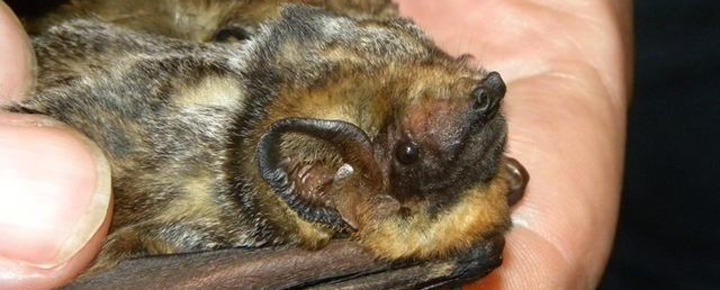

Hawaii tourism and bat-watching.
There are bat populations throughout the Hawaiian Islands, on the Big Island, Kauai, and Maui. Less frequent sightings have been reported on the other islands. Bats are found at all elevations from sea level on up.
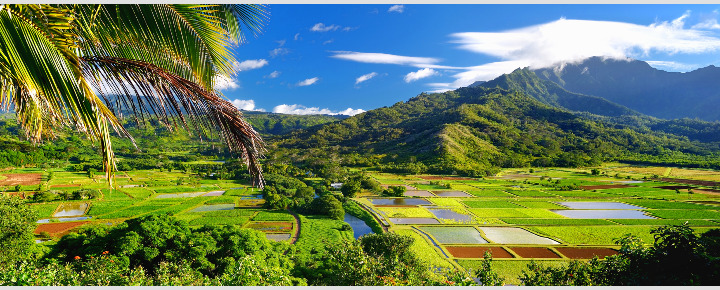

For those eager to witness these bats in their natural habitat, Kauai’s Hanalei Bay at sunset has provided us with the best opportunities for prime bat viewing. As the sun dips below the horizon, the ʻŌpeʻapeʻa emerge, adding a magical element to the already stunning Kauai beach scenery. Other visitors have commented on seeing the bat at Napili Bay on Maui.
The Hawaiian Hoary Bat’s survival hinges on continued conservation efforts and public awareness. By respecting pupping seasons and supporting eco-friendly initiatives, residents and visitors can contribute to preserving this unique species, ensuring it remains a part of Hawaii’s natural heritage for generations to come.
Where have you seen the Hawaiian Hoary Bat?
Get Breaking Hawaii Travel News
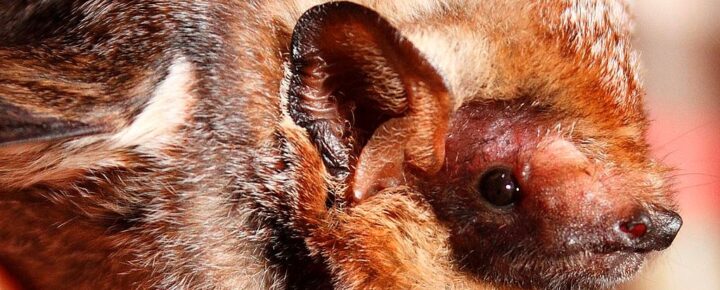


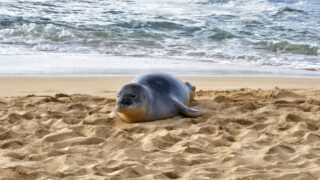
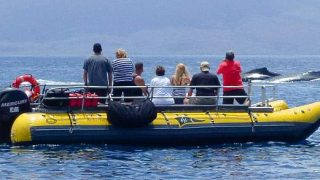
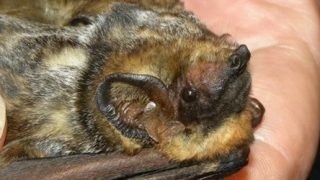
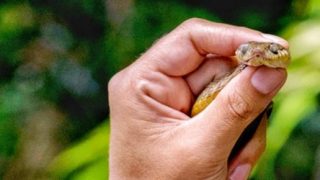
As stated, the only mammals native to the Hawaiian Islands are monk seals & the Hawaiian bat. Therefore, no native mice, rats, mongooses, cats, dogs, nor livestock, etc. And unlike mainland bats, they do not roost in buildings, barns, attics, nor caves, but only in trees. The males are solitary except during the mating season. I’ve seen Hawaiian bats several times, always at dusk, in Kula, Maui (over the open-area playgrounds of Kula Elementary School), and at the Hawaii Volcanoes National Park, Big Island.
Haven’t seen any yet, but good to know they are here, so I don’t freak out when I see one…